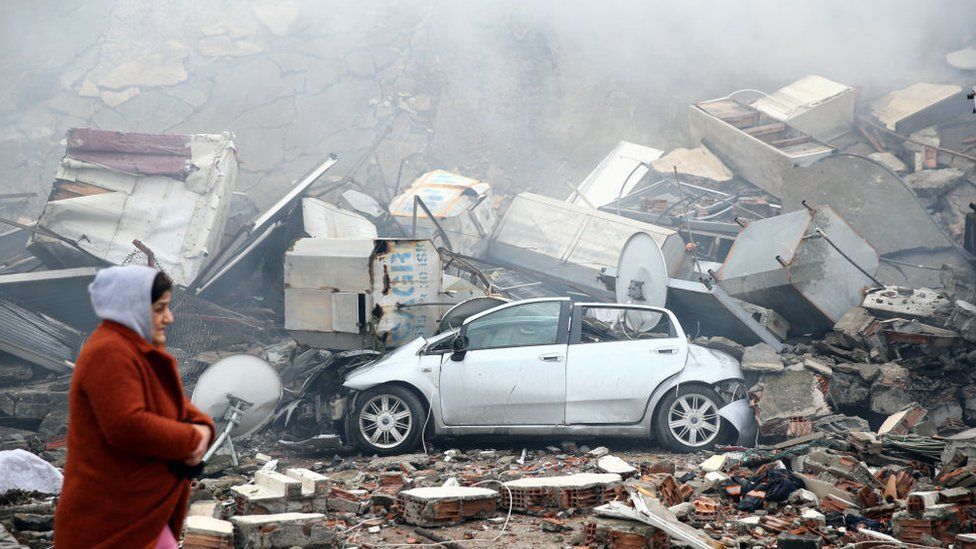Earthquakes are amongst the most unpredictable natural disasters people can experience. In a matter of moments, with little or no warning, thousands and millions of people are in danger.
Spread of diseases is one of the imminent threats which survivors shall fear. However, not all we hear about public health concerns and cadavers being the source of epidemics is necessarily true. Nonetheless, we must try to prepare ourselves for such situations.
In the wake of a disaster, people naturally want to help. In addition, if the unthinkable should happen, what should I do if I was a survivor?
📚 Read Also: Turkey Earthquake: Imams Express Grief and Offer Support

Health Consequences of Earthquakes
Inaccurate information on the public health consequences of natural disasters is commonly disseminated. This happens through informal channels of communication and relayed by the media which doesn’t check facts.
The problem with these myths and rumors is that they often mislead potential donors and inadvertently promote misallocation of resources. The truth is that, from a public health standpoint, situations normalize in a matter of a few weeks, if not days.
Immediate Health Problems
The demand for health services occurs within the first 24 hours of an event.
Injured people may continue to appear at medical facilities only during the next three to five days. Afterwards, presentation patterns return almost to normal.
Patients tend to appear in two waves; the first consisting of casualties from the immediate area around the medical facility. The second is of referral as humanitarian operations in more distant areas become organized.
Victims of secondary disasters may arrive at later stages.
Pages: 1 2

